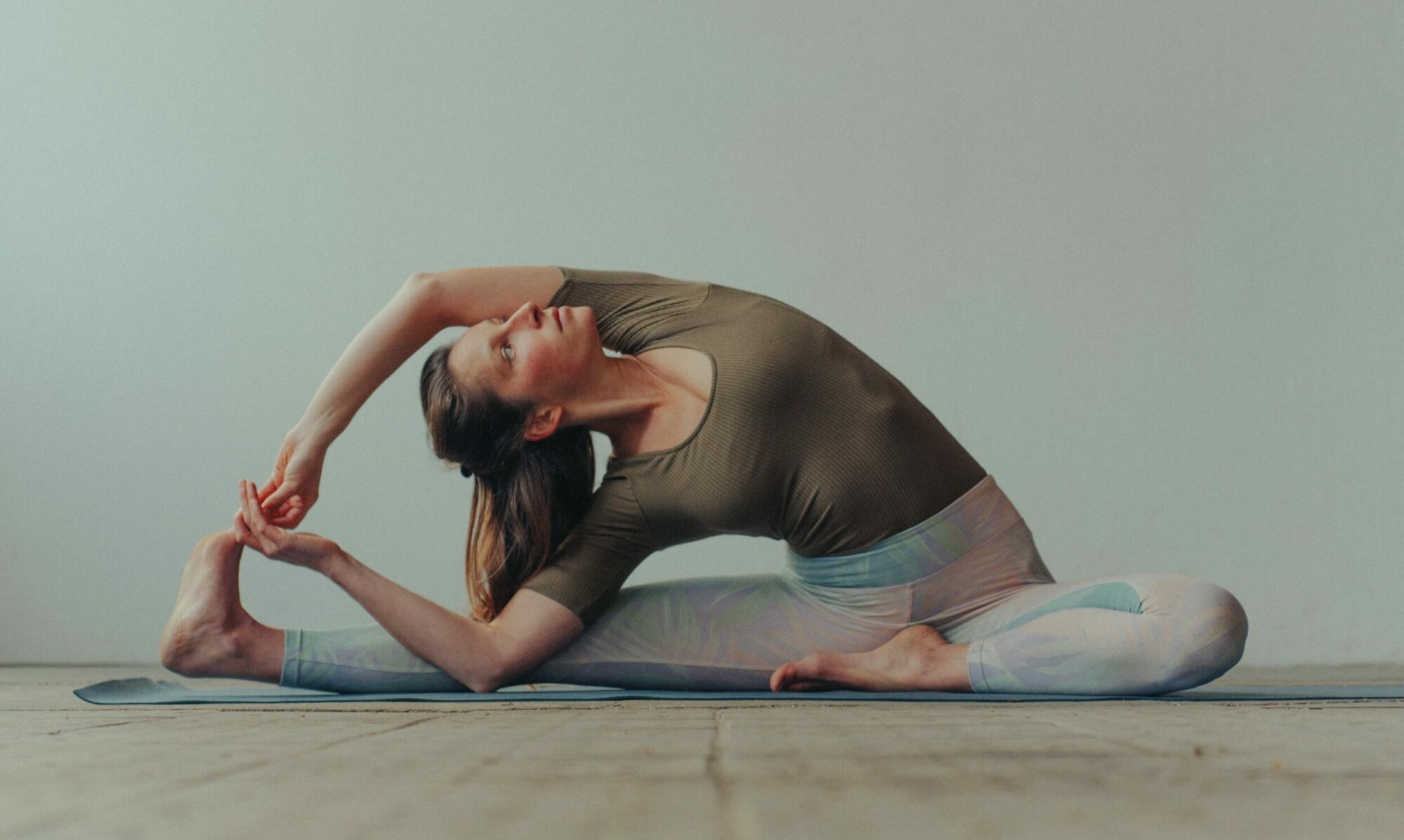In the course of the 90s up to the turn of the millennium, the German-speaking yoga scene changed more and more, as the influences no longer came over from traditional India, but from modern America.
Yoga, which was developed and spread in Germany, lost and has continued to lose importance ever since. Now another quarter of a century has passed and the pioneers who founded the yoga associations and trained yoga teachers are slowly retiring.
What distinguishes the German-speaking yoga scene is the effort to honor the roots of ancient Indian yoga (Vedas, Bhagavadgita, Yoga Sutras of Patanjali, Hatha Yoga Pratipika). In many cases, the asanas are performed slowly and tend to lead to static positions.
The new styles from America are now often characterized by flow, movement and athletic fitness. The term “vinyasa” is often used and stands for a flowing transition from one position to the next. The emphasis here is no longer on holding the final pose for a long time; now the focus is on the flow of the movement itself.
Quite a few founders have had their new styles, which are mostly based on Ashtanga or Iyengar yoga, legally protected and turned them into a trademark. Yoga is now becoming more of a way of life – a lifestyle – and commerce is taking its free course.
However, there are also some very remarkable approaches that express inner values and aim to promote people rather than trigger a new lucrative fashion wave.
How can you see through it all?
For example, what is behind the names Poweryoga, Bikramyoga, Kundalini, Jivamukti, Anusara, Acro Yoga, Vinyasa Flow, Prana Flow Yoga, Bowspring or Airyoga?
The classification is easier if you know the original style. For example, Brian Kest’s Power Yoga, Sharon Gannon’s Jivamukti Yoga and David Life’s Jivamukti Yoga are all based on Ashtanga Yoga. If you know the background and motive of the founder, you can draw conclusions about the direction in which yoga is being transformed: For example, if dance is the background, then yoga is combined with dance, as in Prana Flow Yoga by Shiva Rea.
From this, and with a wider range of influences, a new form is developing that meets the needs of the masses for novelty and variety. Yoga is popular worldwide, but its original meaning has been diluted beyond recognition in many cases.
We have taken a closer look at some traditional and new styles for you:
Acro Yoga – Air Yoga – Anusara Yoga – Ashtanga Yoga – Fascia Yoga & Bowspring – Feuerabendt Yoga – Hatha Yoga – Hot- & Bikram Yoga – Iyengar Yoga – Jivamukti Yoga – Kundalini Yoga – The New Yoga Will – Power Yoga – Restorative Yoga – Sivananda Yoga – Tantra Yoga – T ri Flow Yoga – Vini Yoga – Vinyasa Flow – Vijnana Yoga – Yesudian Yoga – Yin Yoga – Yoga Nidra – Yoga Vidya
There are many more yoga styles …. Forrest Yoga – Yoga of Energy – Chi Yoga – SUP Yoga – Kashmir Yoga – Budokon – Lu Jong – Hormone Yoga – Spirit Yoga – Intuitive Yoga – Luna Yoga – Detox Yoga – Tibetan Yoga …. If you are interested, simply do your own research.
Now in 2025, a quarter of a century after the turn of the millennium, the yoga scene is changing again. A generational change is slowly taking place and the question arises: what does the next generation want and need? We are curious to see how it will develop.
Go to page: Heinz Grill – The new yoga will
